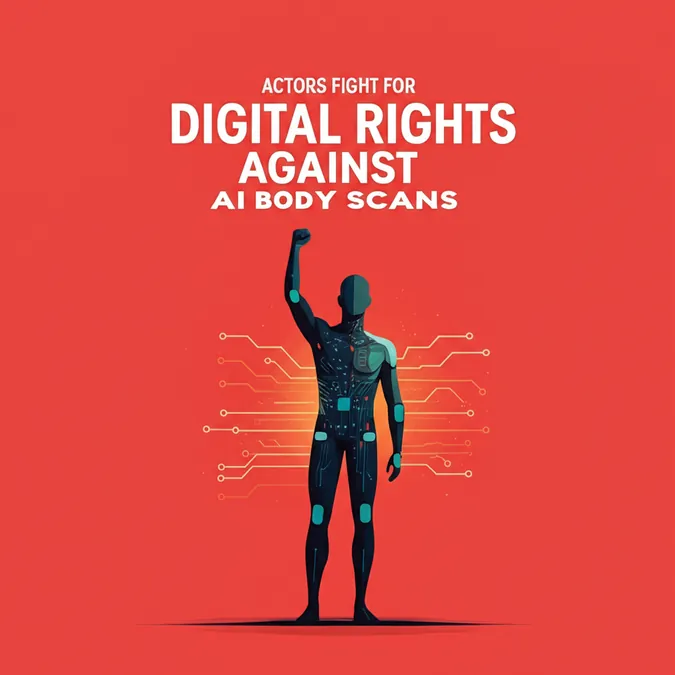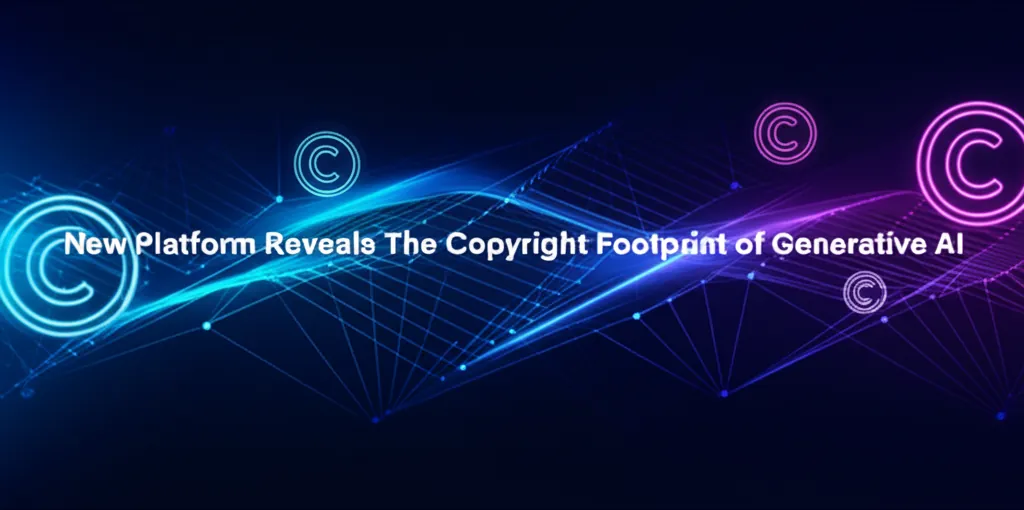Developer Offer
Try ImaginePro API with 50 Free Credits
Build and ship AI-powered visuals with Midjourney, Flux, and more — free credits refresh every month.
The Uncanny Valley of AI Generated Content
OpenAI’s video generation app, Sora, has captured the public's imagination and climbed to the top of the App Store charts. The initial experience is undeniably magical—placing yourself and your friends into any scenario you can dream up is a powerful, momentary thrill. However, this novelty has a short shelf life. After a few creations, a pattern emerges, and a sense of uniformity sets in. The initial excitement fades as you realize all the videos share a similar aesthetic, and the urge to create more begins to wane.
The Core Problem AI Generated Sameness
This isn't a problem unique to Sora; it's an issue that plagues nearly all AI-generated content. Generative AI models are fundamentally designed to produce the average of their training data. They aim to create work that closely matches the mean of countless human-generated examples, which results in a distinct lack of variety. Whether it's images, video, or text, AI output often has a uniform quality that can only be disrupted with very specific and deliberate prompting, and even then, the results aren't always unique.
An Expert Perspective on AI Content Longevity
For this technology to have a lasting impact, it must overcome this sameness problem. When asked about Sora's potential to succeed a platform like Instagram, co-founder Mike Krieger expressed his skepticism. In a recent interview, he noted that for content to be engaging long-term, it must feel “varied over time and not just sort of like, ‘Yeah, okay, I’ve kind of seen it before.’” This insight from the chief product officer of Anthropic highlights a crucial hurdle for AI-generated media to clear if it hopes to replace today's social platforms.
Beyond Video The Uniformity in AI Images and Text
The issue is readily apparent in AI-generated images, which often have a recognizable quality that makes them easy to spot. It’s as if a single artist is behind every creation, despite the models being trained on the world's diverse artwork. While specific prompts can create a unique style, popular trends quickly lead back to homogeneity. A prime example was the 'Studio Ghibli' style that became popular with OpenAI's DALL-E 3. What was initially novel soon became oversaturated, and the trend died out.
This problem is perhaps most obvious in writing. Business communications, especially PR pitches, have started to sound remarkably similar. It’s not because the industry adopted a new standard, but because many are now relying on AI to write for them, leading to a wave of generic, formulaic messages flooding our inboxes.
The Path Forward Can AI Overcome Uniformity
None of this is to downplay the incredible technological achievements. Sora's ability to simulate a basic understanding of physics is a breakthrough that has impressed top researchers. AI images are incredibly useful for illustrations, and AI text generation is a powerful and popular tool. However, for AI-generated content to truly reach its potential and maintain our interest, it must find a way to introduce more variety. Given that the tendency towards the average is fundamental to how these systems work, solving the sameness problem may be one of the toughest challenges the field has yet to face.
This analysis was inspired by the Big Technology Podcast. You can listen on Apple Podcasts, Spotify, or your preferred podcast app.
Compare Plans & Pricing
Find the plan that matches your workload and unlock full access to ImaginePro.
| Plan | Price | Highlights |
|---|---|---|
| Standard | $8 / month |
|
| Premium | $20 / month |
|
Need custom terms? Talk to us to tailor credits, rate limits, or deployment options.
View All Pricing Details

